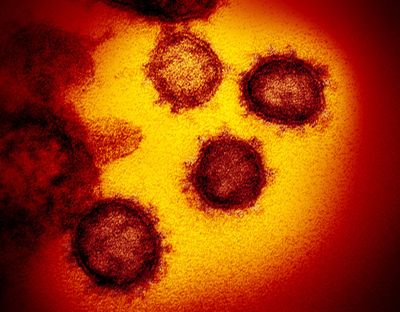Spokane County to extend contract for COVID-19 isolation facility

A regional COVID-19 isolation facility will remain open after the Spokane County commissioners on Tuesday agreed to fund it for another three months.
Isolation facilities provide temporary housing for people infected with COVID-19 who don’t have access to quarantine space. Spokane County’s 24 isolation beds are available to the general public but are mostly used by those who would otherwise stay in homeless shelters.
The Salvation Army operates the county’s isolation facility. Until now, the Federal Emergency Management Agency has covered the monthly $150,000 expense. Starting in July, FEMA will only cover 90% of the cost, leaving Spokane County on the hook for $15,000 a month.
Dr. Francisco Velázquez, the Spokane Regional Health District’s health officer, asked for a six-month extension before the commissioners agreed to three months.
Velázquez said the county won’t need an isolation facility forever, but keeping one open for a while longer is essential. COVID-19 cases and hospitalizations are on the rise once again.
People aren’t getting as sick from the BA.2 variant as they were from previous variants of the virus, but hospitalizations have been steadily rising for the last few weeks, Velázquez said.
The county’s isolation facility has seen more use as case counts have climbed. In May, 28 people visited the facility. So far in June, the facility’s had 22 guests.
Those numbers are fewer than the 75 people who used the isolation facility in January, but based on Spokane County wastewater testing, community COVID-19 cases haven’t peaked.
Public health experts can gauge the number of COVID-19 cases in the community by analyzing wastewater. People shed the virus when they go to the bathroom, so by determining the concentration of coronavirus-specific proteins in wastewater, it’s possible to make an educated guess of the number of overall infections.
“It’s not a perfect science, but it’s a really good science,” Velázquez said.
Wastewater testing suggests COVID-19 cases are being significantly undercounted. Velázquez said that’s unsurprising because more people are using over-the-counter tests instead of the health district’s community testing sites.